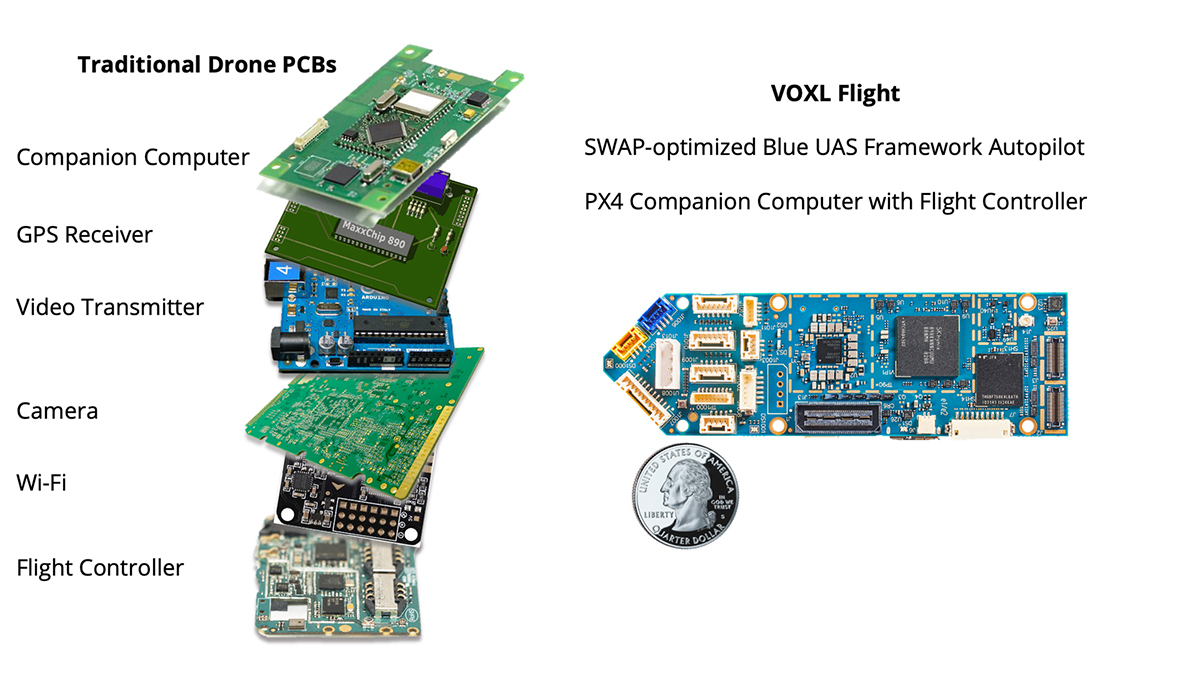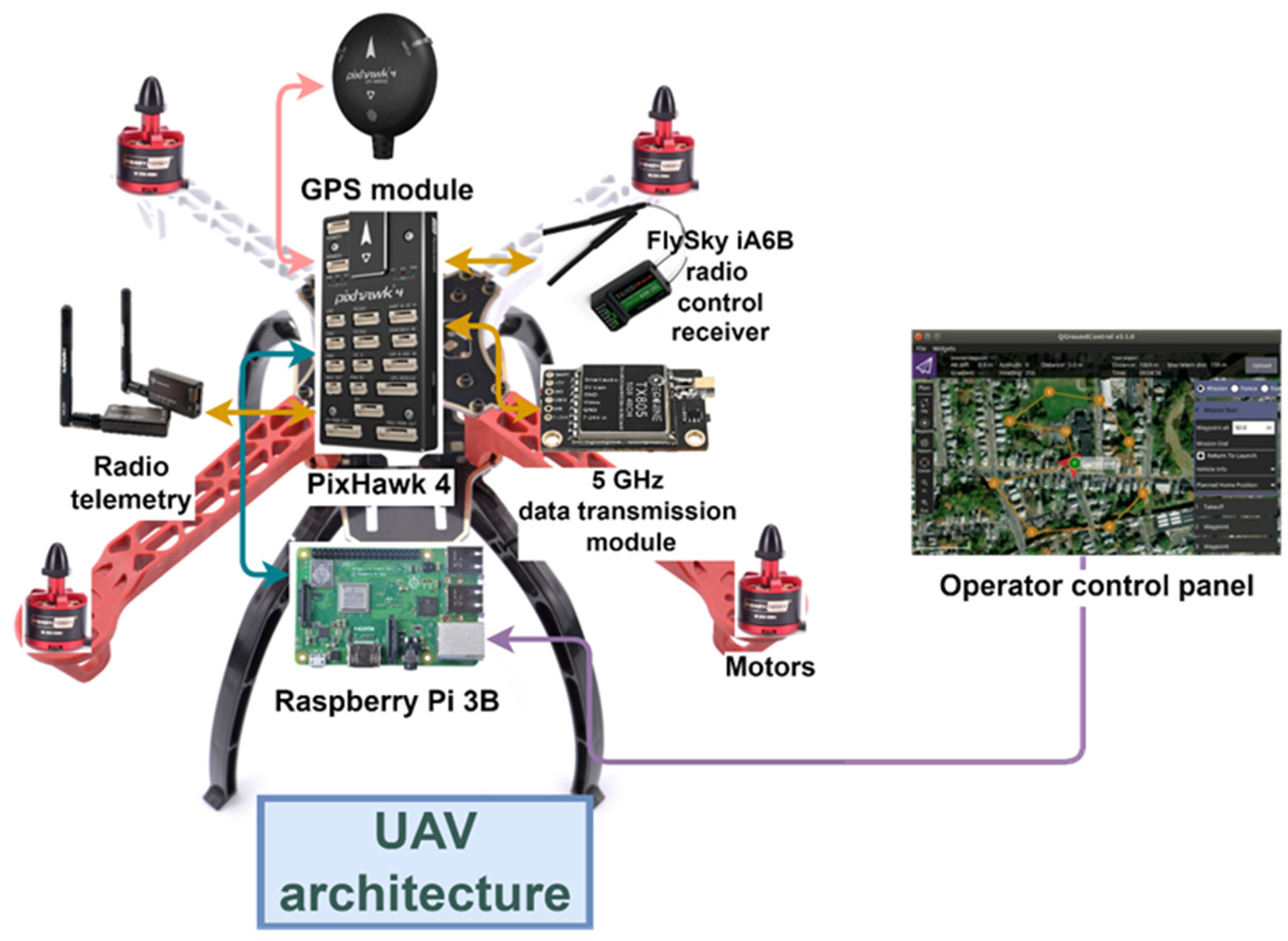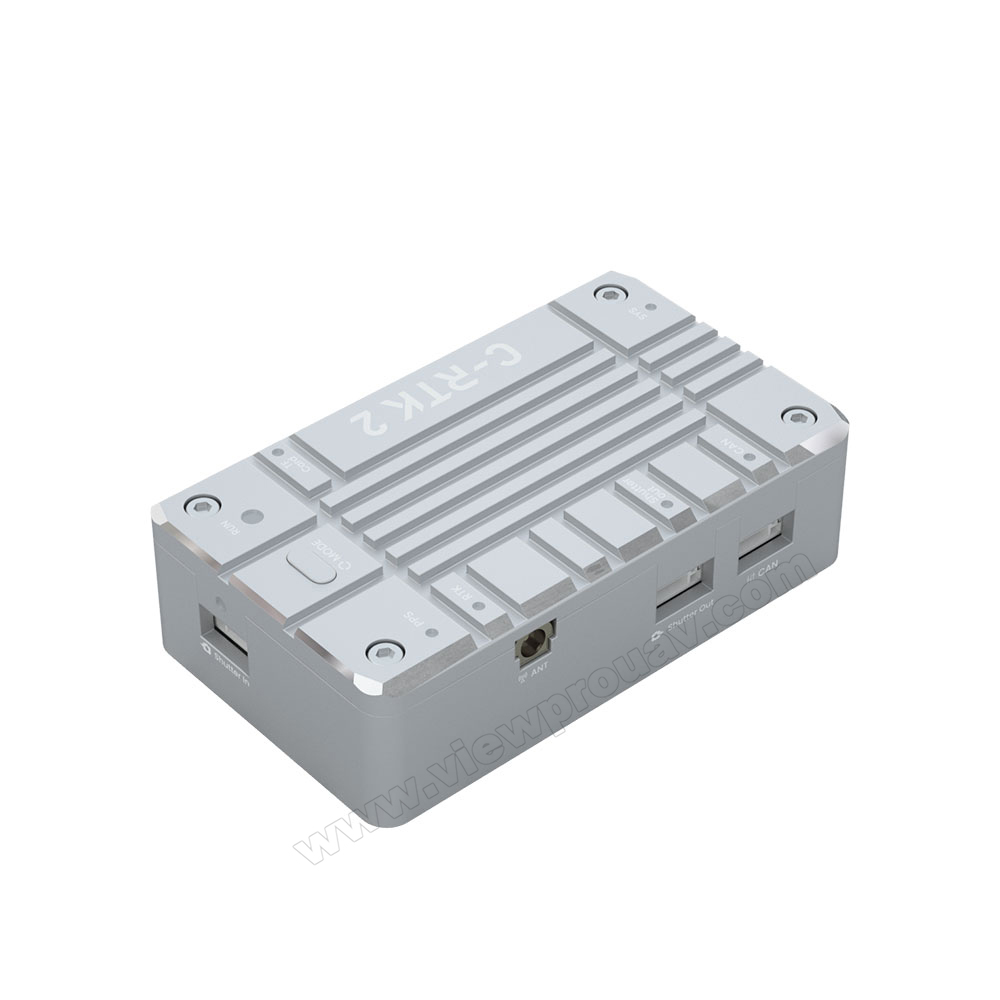SparkNavi Drone Flight Controller and GNSS/INS Made in Taiwan: Blazing A Trail in Drone Modern Technology
Exploring the Duty of Drone Flight Controllers in Enhancing Trip Stability and Navigation Effectiveness
The improvement of drone innovation has significantly increased the relevance of flight controllers, which offer as the mind of these airborne lorries. By incorporating real-time information from a variety of sensors, flight controllers enhance trip security and navigating performance, making certain that drones can run efficiently even in complex settings.

Understanding Flight Controllers
Flight controllers are essential components in the performance of drones, working as the minds that take care of and maintain flight procedures. These advanced tools procedure information from numerous sensors, consisting of accelerometers, gyroscopes, and GPS, to ensure that the drone keeps its designated flight path. The flight controller interprets this information and executes commands based upon pre-defined algorithms, enabling the drone to react to ecological changes, such as wind or challenges.
The key function of a trip controller is to preserve stability throughout trip. It achieves this by making real-time modifications to the drone's motors and control surfaces, guaranteeing balance and control. Furthermore, modern flight controllers incorporate sophisticated functions such as waypoint navigation, permitting automated flight courses and enhanced operational efficiency.
Recognizing the architecture of flight controllers is vital for both enthusiasts and specialists. They normally consist of a microcontroller, firmware, and numerous interfaces for sensor input and communication. As modern technology developments, trip controllers have actually come to be a lot more compact and qualified, incorporating artificial intelligence to boost decision-making procedures and adapt to intricate trip circumstances. This development represents an essential advancement in the drone industry, paving the way for more sophisticated applications and more secure procedures.
Secret Parts of Flight Stability
Achieving ideal trip security in drones relies upon several crucial parts that work in performance to make certain regulated and smooth procedures. Central to this security is the trip controller itself, which refines information from different sensors to preserve the preferred trip attitude. This consists of accelerometers and gyroscopes that determine motion and alignment, enabling real-time changes to the drone's placement.
One more important element is the electronic rate controllers (ESCs), which control the power provided to the electric motors. By carefully adjusting electric motor speeds in response to trip controller commands, ESCs help maintain equilibrium and neutralize disruptions brought on by wind or abrupt activities.
In addition, the layout of the drone's frame plays a crucial role in trip stability. A well-structured structure reduces vibrations and enhances the total wind resistant profile, adding to smoother trip attributes. Lastly, the assimilation of sophisticated algorithms within the trip controller aids in anticipating modifications, making sure a responsive and adaptable flight experience.
With each other, these components create a natural system that improves a drone's security, enabling accurate handling and improved performance in various trip problems.
Navigating Performance Strategies
Effectiveness in navigating is essential for optimizing drone operations, specifically in complex settings. Effective navigating strategies improve the capacity of drones to traverse challenging surfaces and prevent challenges, consequently improving operational effectiveness and safety and security.
One popular technique is the application of advanced general practitioners and inertial dimension units (IMUs) that offer exact place monitoring and positioning data. These technologies allow drones to compute optimum flight courses in real-time, taking into account different aspects such as wind conditions and possible challenges.
Another method entails making use of formulas for path preparation and optimization. Formulas such as A * and Dijkstra's algorithm can be deployed to figure out one of the most reliable course while minimizing power usage and trip time. Integrating equipment knowing models can make it possible for drones to adaptively learn from their environments, enhancing navigating abilities through experience.

Effect on Autonomous Drones
The combination of innovative navigating strategies has actually greatly changed the abilities of self-governing drones, enabling them to run with better freedom and precision. SparkNavi drone flight controller and GNSS/INS made in taiwan. These improvements are mainly credited to advanced flight controllers that use real-time data processing and sensing unit blend, permitting drones to browse intricate settings perfectly
The effect on self-governing drones extends past simple navigation; it encompasses boosted barrier evasion, enhanced security during vibrant problems, and increased goal reliability. By leveraging formulas that incorporate equipment learning and expert system, drones can adapt to look at here changing conditions, making notified choices that maximize their trip courses while minimizing threats.
Furthermore, the execution of robust trip controllers has facilitated the execution of complicated tasks, such as aerial evaluations, shipment services, and farming monitoring, with marginal human treatment. This capacity not only improves procedures but likewise lowers human error, therefore enhancing general safety.
As an outcome, the operational scope of self-governing drones has increased significantly, making them vital tools in different sectors. Their ability check my blog to execute successfully in diverse situations emphasizes the critical role that advanced trip controllers play fit the future of unmanned aerial systems.
Future Patterns in Trip Control
Frequently, innovations in flight control innovation are positioned to redefine the landscape of drone procedures in the coming years. Emerging fads show a significant shift towards improved expert system (AI) integration, enabling flight controllers to refine real-time information extra efficiently. This development will help with improved decision-making abilities, permitting drones to adjust to dynamic ecological conditions autonomously.
Additionally, the execution of artificial intelligence algorithms is expected to boost predictive maintenance, thereby minimizing downtime and expanding the lifecycle of drone parts. This proactive method to maintenance will certainly be important as drone applications increase throughout different markets, from farming to logistics.

.png)
Finally, advancements in protected communication methods will certainly attend to safety and regulatory worries, making sure that drones can operate effortlessly in overloaded airspaces (SparkNavi drone flight controller and GNSS/INS made in taiwan). Jointly, these patterns point towards a future where flight control systems are not only smarter and a lot more effective however additionally qualified of running securely in a progressively incorporated airspace
Final Thought
In verdict, drone trip controllers are essential to enhancing trip security and navigation effectiveness through the sophisticated processing of sensor information. By keeping optimum trip mindsets and using advanced formulas for course optimization and obstacle avoidance, these controllers substantially add to the freedom and functional safety of drones. As technology remains to develop, even more improvements in trip control systems are prepared for, assuring better efficiency and increased abilities in the realm of unmanned aerial vehicles.
By integrating real-time data from a selection of sensing units, trip controllers improve flight stability and navigation effectiveness, ensuring that drones can operate efficiently even in complex environments.Trip controllers are important elements in the performance of drones, serving as the brains that handle and stabilize trip procedures. Furthermore, contemporary flight controllers integrate sophisticated functions such as waypoint navigation, enabling for automated trip paths and enhanced functional performance.
Central to this security is the flight controller itself, which processes data from various sensing units to keep the preferred his comment is here trip mindset.In conclusion, drone trip controllers are indispensable to improving flight security and navigating efficiency with the innovative processing of sensor information.